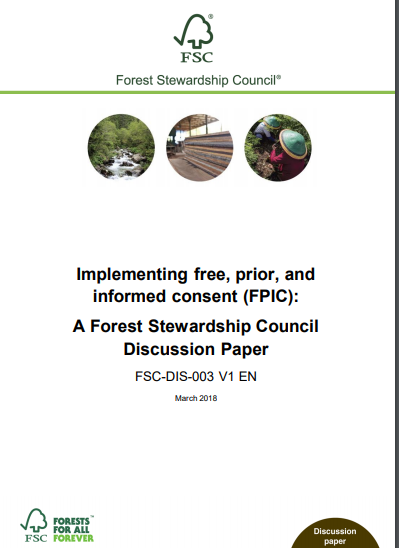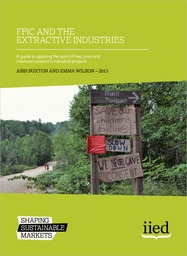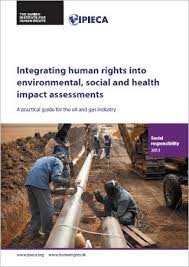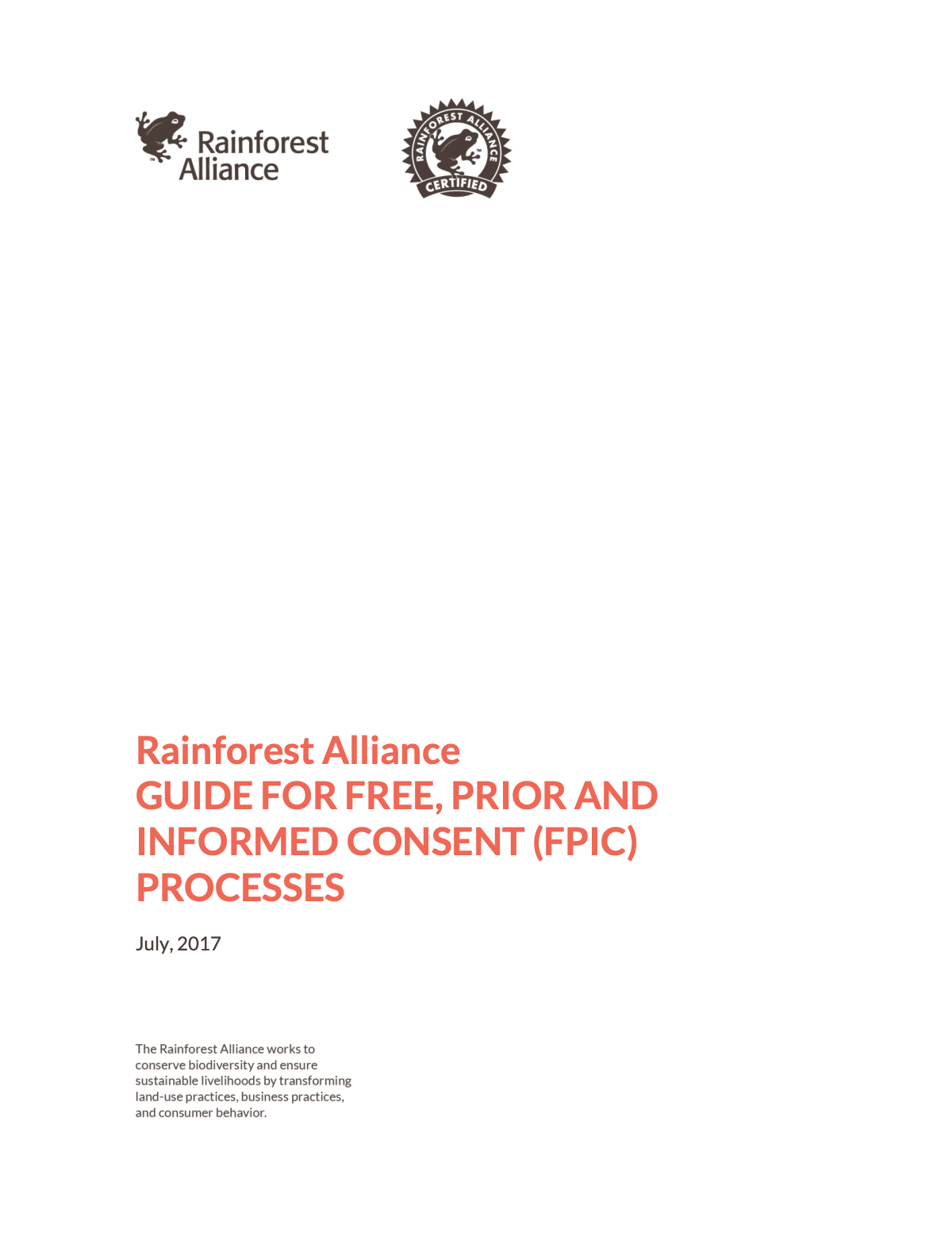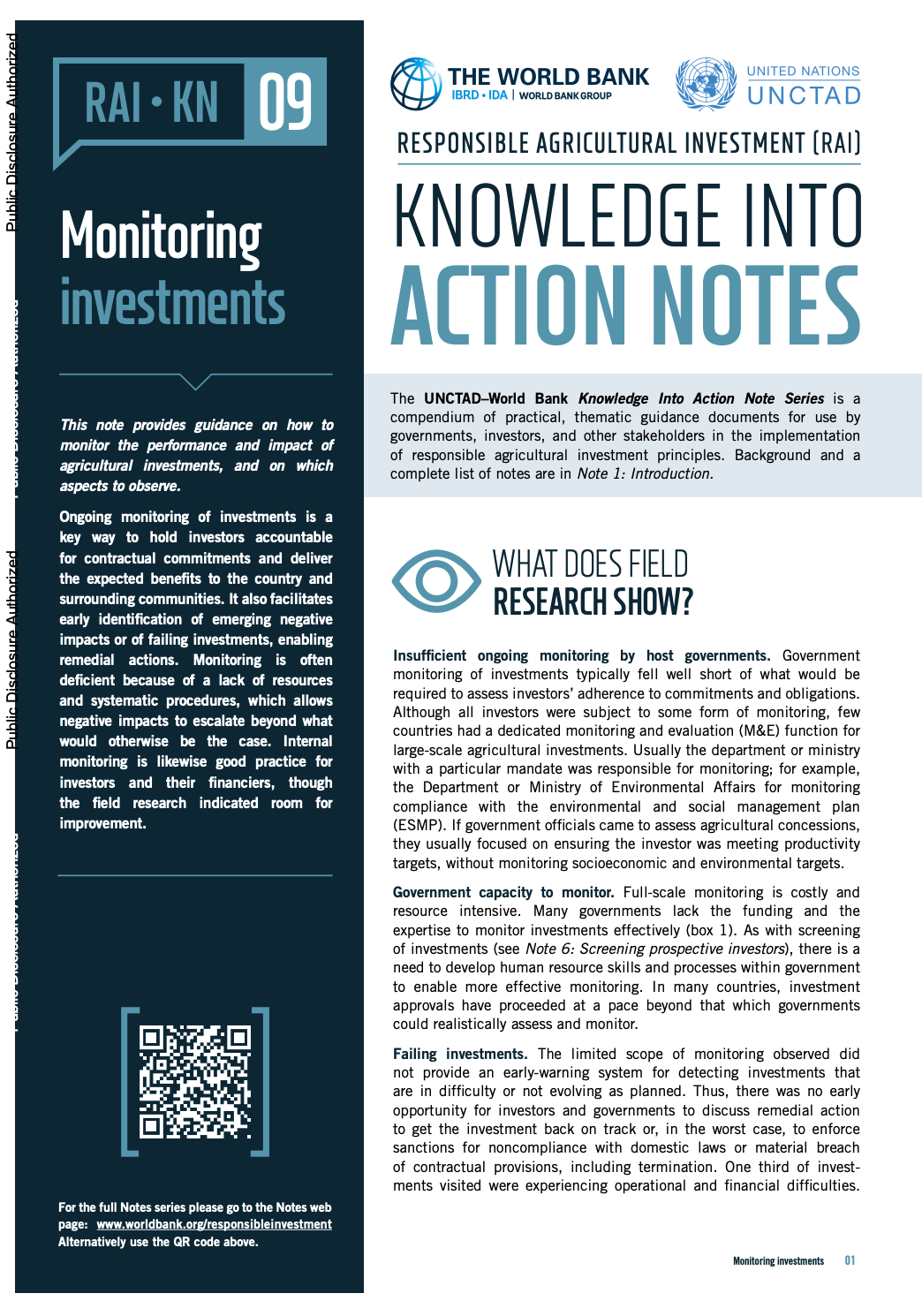Protection of land in the Republic of Serbia and ecological security with regard to strategic and legal frameworks
It is widely known that ecological and socioeconomic functions of the land are the basis for social and economic well-being. Despite this fact, land is still a relatively neglected natural resource, which can be concluded by analyzing the pressures on the land and the lack of systematic monitoring, which involves considering the situation and defining the program for its protection.



